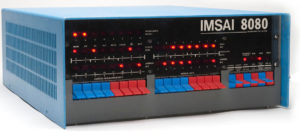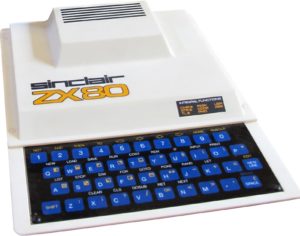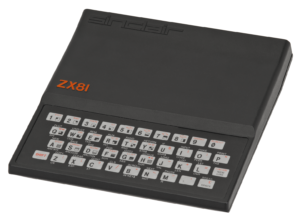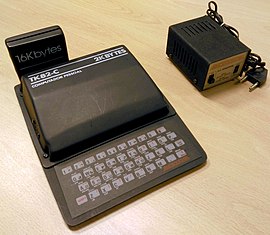Probably the youngest don’t now this, but in the early 1980s, there were some personal computer initiatives like Apple II (Apple Computers, 1977), PET (Commodore International, 1977), TRS-80 (Tandy Corporation / Radio Shack, 1977) that already dominated the international market.
![Apple ][](https://augustobaffa.pro.br/site/wp-content/uploads/2021/03/1024px-Apple_II_typical_configuration_1977-300x266.png)
Apple ][

PET

TRS-80
This was made possible by the very first Altair 8800 (Micro Instrumentation Telemetry Systems, 1975) and its clone IMSAI 8080 (IMS Associates Inc, 1975). The current standard computer is a direct descendant of the IBM PC 5150 which would only be released in 1981.

Altair 8800

IMSAI 8800
Until that moment, most hobbyists and enthusiasts had only seen a computer in magazines or inside universities and companies – and we are talking about other countries! In Brazil, a market reserve was created during the military government period, which encouraged the strategic market for national computers.
It was in this scenario that in 1980 in England, Sinclair Radionics – a company that created innovative yet inexpensive devices, creator of the first pocket TV and pocket calculator in the western market – became Sinclair Computers. His objective was exactly the same: to embark on the innovative technology of the moment, but at a low and affordable price. This not only allowed the access of a large part of the population to the world of information technology, but also allowed to produce a cheaper computer even here in Brazil.

ZX80

ZX81
In the brazilian market reserve, many companies cloned computers and sold what was possible: We had clones of Apple (CCE, Unitron, Miamar, Microdigital), Sinclair (Microdigital) and MSX licenses (here for sharp and gradient).
I learned to program on a Tk82c (brazilian ZX81 clone). It was my first computer (and first in my home). So, I decided to try to reassemble this computer from scratch – the whole project. The ZX80 came with the design scheme in the manual but the ZX81 implemented a good part on a single chip (rare today – it is no longer manufactured) in order to make the project cheaper. On this website ( http://searle.x10host.com/zx80/zx80.html ), Grant Searle (an English electronics enthusiast) describes the original project and the expansion for the ZX81 – the same expansion that was used by microdigital in the initial clones.
My goal is to study the basic electronics of computers and reproduce it. I chose the ZX80 for its affective value but also because it is very simple to understand and reproduce. The objectives of the project are:
- document the process in a simple way
- develop fixes and improvements
- create a kit for other enthusiasts
- develop secondary parts like keyboard and case
- document and develop expansions among those launched
- … Learning and having fun with all this adventure.
In honor of my old TK82c that provided everything else…
